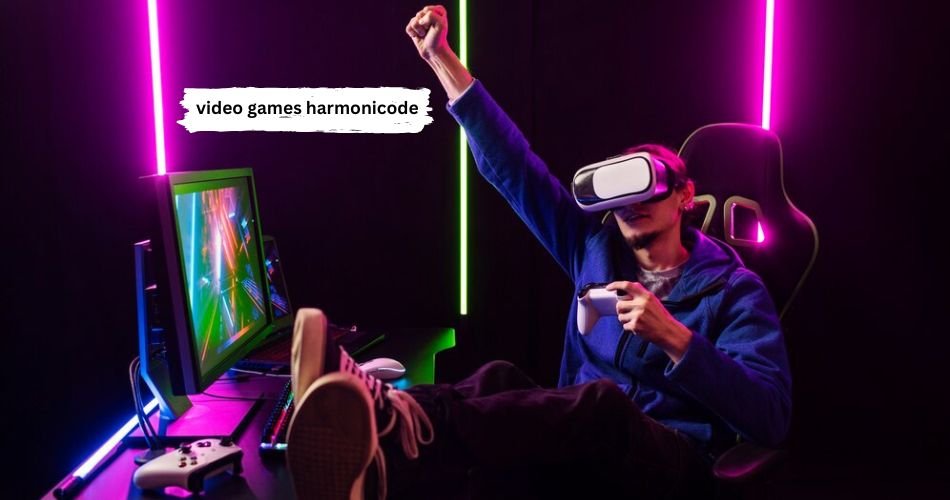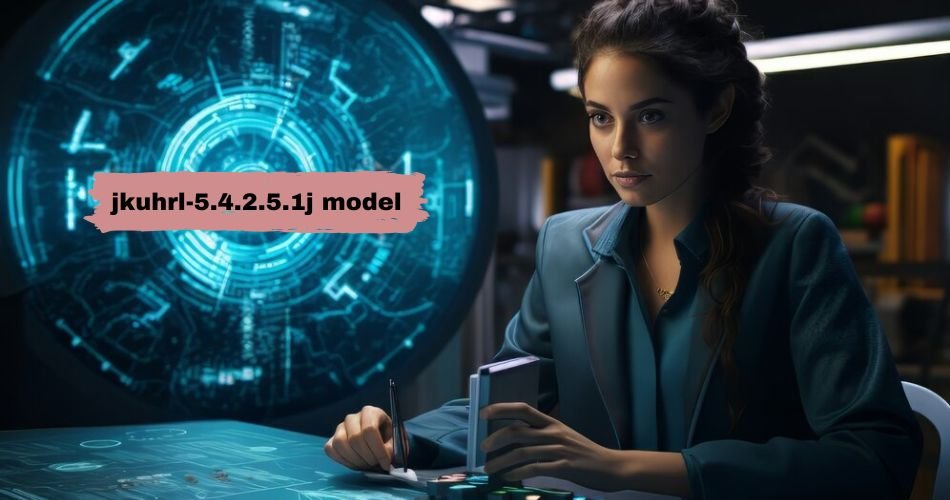Video games have evolved significantly over the past few decades, pushing the boundaries of technology, storytelling, and player experience. One of the most exciting innovations in modern gaming is the concept of “video games harmonicode” This emerging technology blends the world of harmonic music generation with advanced coding techniques to create dynamic and immersive soundscapes in video games. As gaming continues to move toward more personalized and adaptive experiences, Harmonicode is becoming an essential tool for developers seeking to elevate the emotional and sensory aspects of their creations. It allows soundtracks to respond in real-time to player actions, creating a deeper connection between the virtual world and the player’s journey. With Harmonicode, the way we experience video game audio is undergoing a revolutionary transformation that is reshaping the industry.
Understanding Harmonicode in Video Games
Harmonicode is a term that fuses two concepts: “harmony” and “code.” It refers to the process of generating or manipulating musical harmony using programming languages and algorithms. In the context of video games harmonicode enables the creation of dynamic, adaptive music that changes in response to player actions or in-game events. Traditional game soundtracks rely on pre-recorded loops or static tracks that play on a fixed timeline. However, Harmonicode allows music to evolve organically, reacting to the game environment and the player’s behavior. This results in a more immersive experience where the music feels like a living component of the game rather than a background element. Imagine walking through a dark, eerie forest and having the music subtly shift in tone and intensity as you approach a hidden danger—this level of interactivity is made possible by video games harmonicode.
The Role of Music and Coding in Gaming
Music has always played a vital role in video games, enhancing emotional depth, providing cues for gameplay, and reinforcing narrative elements. From the simple 8-bit melodies of early arcade games to the full orchestral scores in modern AAA titles, music has evolved alongside gaming technology. Coding, on the other hand, forms the foundation of every video game. It dictates how the game behaves, interacts with the player, and responds to various stimuli. video games harmonicode brings these two worlds together by using code to generate and manipulate music in real time. This allows for a more fluid and adaptive audio experience. Developers use specialized programming languages and tools to integrate Harmonicode into their games, allowing soundscapes to shift dynamically as the player progresses. This creates a more immersive and personalized experience, where music becomes an active participant in the storytelling process rather than a passive backdrop.
How Harmonicode Shapes Modern Game Design
Harmonicode is reshaping modern game design by providing developers with new creative possibilities. One of its most significant contributions is the ability to enhance player immersion. Dynamic music that adapts to in-game events can heighten tension, reinforce emotional moments, and create a seamless audio experience that draws players deeper into the virtual world. For example, during a boss battle, the music can intensify as the fight escalates, responding to the player’s success or failure in real time. This level of interactivity is only possible through video games harmonicode. Additionally, it allows game designers to craft unique soundscapes that reflect the game’s environment and narrative. Whether it’s the haunting echoes of an abandoned city or the soothing melodies of a peaceful village, Harmonicode enables a richer and more immersive audio experience that enhances the overall gameplay.
Examples of Video Games Using Harmonicode
Several cutting-edge video games are already harnessing the power of Harmonicode to create adaptive and dynamic soundscapes. One notable example is The Legend of Zelda: Breath of the Wild, which uses dynamic music to enhance the player’s sense of exploration and discovery. As players move through different environments, the soundtrack seamlessly transitions to reflect the surrounding atmosphere. Similarly, rhythm-based games like Beat Saber use harmonic coding to synchronize music with player movements, creating an interactive audio-visual experience that feels fluid and responsive. Other titles, such as No Man’s Sky, employ procedural music generation techniques powered by video games harmonicode to produce unique soundscapes for each of the game’s procedurally generated planets. This approach ensures that no two players have the exact same musical experience, further enhancing the sense of discovery and immersion.
The Technology Behind Harmonicode
The implementation of Harmonicode relies on a combination of advanced programming languages and specialized audio software. Developers typically use languages like C++, Python, and Lua to write code that generates or manipulates music in real time. Additionally, tools such as Wwise and FMOD provide powerful audio middleware solutions that facilitate the integration of video games harmonicode into engines like Unity and Unreal Engine. These technologies allow for the creation of adaptive soundscapes that respond to in-game triggers and player actions. For instance, if a player enters a combat zone, the music can shift to an intense battle theme, while a peaceful melody plays during moments of exploration. By leveraging these tools and techniques, developers can create a more dynamic and immersive audio experience that enhances the overall gameplay.
Why Harmonicode is the Future of Video Game Audio
The future of video game audio lies in personalization, adaptability, and immersion—areas where Harmonicode excels. As artificial intelligence and machine learning continue to advance, we can expect even more sophisticated implementations of Harmonicode that offer personalized audio experiences tailored to each player. Imagine a game where the soundtrack evolves based on your decisions, reflecting your unique playstyle and emotional journey. Video games harmonicode also has significant potential for virtual reality (VR) and augmented reality (AR) experiences, where dynamic audio is crucial for creating a sense of presence and immersion. As technology continues to evolve, Harmonicode will undoubtedly play a pivotal role in shaping the future of interactive entertainment, offering new creative possibilities for developers and more engaging experiences for players.
How Developers Implement Harmonicode
Integrating Harmonicode into a video game is a complex but rewarding process. Developers begin by identifying key moments where dynamic music can enhance the player’s experience. Next, they use programming languages and audio middleware to create adaptive soundscapes that respond to in-game triggers. This involves writing algorithms that control how music evolves based on player actions and environmental changes. For example, in an open-world game, the soundtrack might shift from a serene melody to an ominous theme as the player ventures into dangerous territory. Developers must also consider technical challenges such as memory constraints and performance optimization to ensure that Harmonicode functions smoothly across different platforms. Despite these challenges, the benefits of using video games harmonicode far outweigh the difficulties, offering a richer and more immersive audio experience.
The Impact on Player Experience
Harmonicode has a profound impact on the player experience by creating a deeper emotional connection to the game world. Dynamic music that responds to player actions heightens immersion and enhances storytelling. Players are more likely to become emotionally invested in a game when the soundtrack reflects their journey and adapts to their choices. For instance, a suspenseful score that intensifies during a chase scene can increase the player’s heart rate and sense of urgency. Conversely, a tranquil melody during a quiet moment can evoke feelings of peace and reflection. By using video games harmonicode to create adaptive soundscapes, developers can craft more immersive and emotionally engaging experiences that resonate with players on a deeper level.
Conclusion
Video games Harmonicode represents a transformative advancement in how music interacts with gameplay. By blending the art of harmony with the precision of coding, it allows developers to create dynamic soundscapes that adapt to player actions and in-game events. This innovative approach enhances immersion, deepens emotional engagement, and opens new creative possibilities for the future of gaming. As technology continues to evolve, Harmonicode will undoubtedly play an increasingly important role in shaping the audio experiences of tomorrow’s video games. For players, this means richer, more personalized soundscapes that make virtual worlds feel more alive and responsive than ever before.
Share this content:











